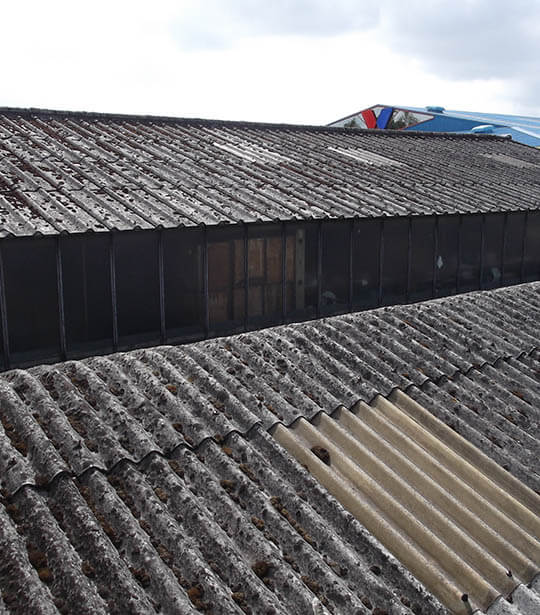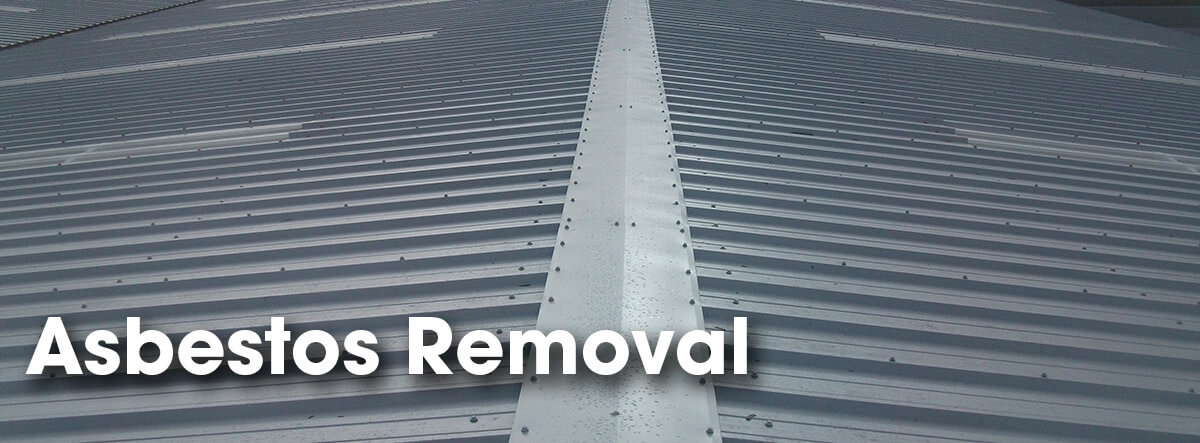
Replacing Asbestos Roofing
Removing Old Asbestos Cement and Fibre Cement Roofs
In the 1970’s most industrial buildings were covered with asbestos cement roofing and cladding, and there are still thousands of acres in use across most towns and cities in the UK. The majority will have a plasterboard lining in galvanised T-bars, but some will be a double skin asbestos cement construction or even have a flat ceiling of asbestos insulating board.
Many of these old 1970’s asbestos roofs have now reached an age where they are failing, leaking or simply causing concern. Most people are aware of the dangers involved in working with asbestos and whilst ideally, they would prefer to see this removed and their roofs and side cladding replaced with modern metal systems, the thought of the cost and potential disruption to their business is simply too frightening and therefore cheaper alternatives are sought.
Since 1959 Belmont Roofing have repaired, replaced and maintained countless roofs over Norfolk, Suffolk and all counties within East Anglia and the South East of England and are recognised as the market leaders in industrial and commercial roofing.
We would like to explain the options available and give customers the peace of mind that we are able to replace their old asbestos cement roofing and cladding with minimum disruption and handle the whole project from initial inspection to completion. We can also highlight the risks of accepting cheap “solutions” and potential false economies such as coatings and patching repairs. You can find out more by from HSE’s pdf about Health and Safety.
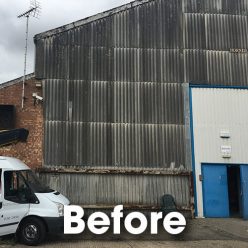
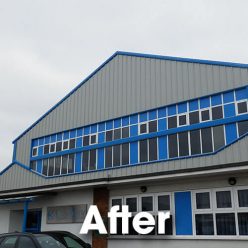


Health and Safety Executive- Health and Safety Guidelines
Find out more about the Health and Safety Executive’s policies on Health and Safety.
NFRC Health & Safety Guidance Sheet r (published Feb 2013)
Find out more about the National Federation of Roofing Contractor’s policies on Health and Safety.

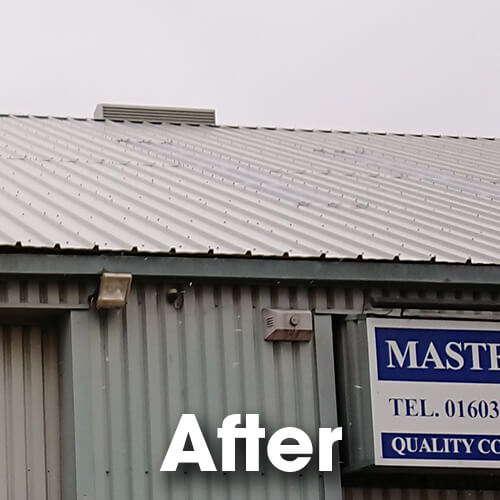
Asbestos Register
It is the building owner’s responsibility to have had an asbestos audit and to keep an asbestos register on site. We are aware that many factories and commercial organisations do not have this in place. Even where a survey has been carried out, access to the roof for sampling may not have been available so many asbestos registers will state “presumed” or “not tested”. Before any roofing work is carried out you will need to show evidence of what type of asbestos (if any) is present.
If an asbestos audit has not been carried out and/or a register has not been kept, or the information in your report is incomplete, we can arrange for this to be carried out on your behalf as part of our overall service.
The most common types of asbestos are chrysotile (“white”) amosite (“brown”) and crocidolite (“blue”). All three products were used in roofing and other construction products, with chrysotile being the most commonly used in cement roof sheeting and cladding. Flat asbestos ceiling panels largely contained amosite.
Belmont Roofing, as experienced and trained roofing specialists, are able to work safely with chrysotile. If you have any brown and blue asbestos this must be removed by licenced asbestos removal specialists, and we work closely with leading licenced contractors on your behalf to offer a complete package.
Many of Belmont Roofing’s customers are not involved in the construction industry and may be small factory owners or managers or commercial property managers or retailers and re-roofing is not an everyday part of their normal business activity. Many have come to rely on our experience and expertise built up by servicing local industry for 60 years.
The Common Asbestos Roofing Problems
- Roof leaks: fixings and sealants will deteriorate over time and lose their effectiveness allowing driving rain to find any weak areas. Also, it is not unusual for cracks to develop in the sheets giving water another route into your building.
- Leaking Rooflights: rooflights are often the first component to fail and require replacement during the lifespan of the roof, becoming brittle and opaque so that little natural light enters the building. It is important that any replacement work is carried out with the correct fixings and sealants or the original leaks will persist and further costly remedial works will be required.
- Condensation: During the original construction insulation was not regarded as a priority and many buildings had little or no insulation. Today we see many instances of condensation where the building use has changed over the years or where single skin rooflights were used in an insulated roof. In addition, many old asbestos and fibre cement roofs have been over-roofed with single skin steel. If they have not been correctly insulated and a suitable breather membrane and vapour barrier installed, condensation can form within the void and lead to what people see as “roof leaks”. This becomes significant when the condensation forms in the void and freezes. On sunny mornings a sudden thaw can take place and significant water ingress can take place.
- Gutter leaks: overflowing gutters can cause havoc. Moss and lichen, vegetation and bird’s nests can get washed into the gutters blocking the outlets and downpipes. Also, more intense storm conditions over recent years have mean that many gutters are unable to deal with the increased volume of water. Belmont can advise as to how the gutter dimensions can be increased and/or plan a regular roof and gutter maintenance programme so that the risks are minimised.
